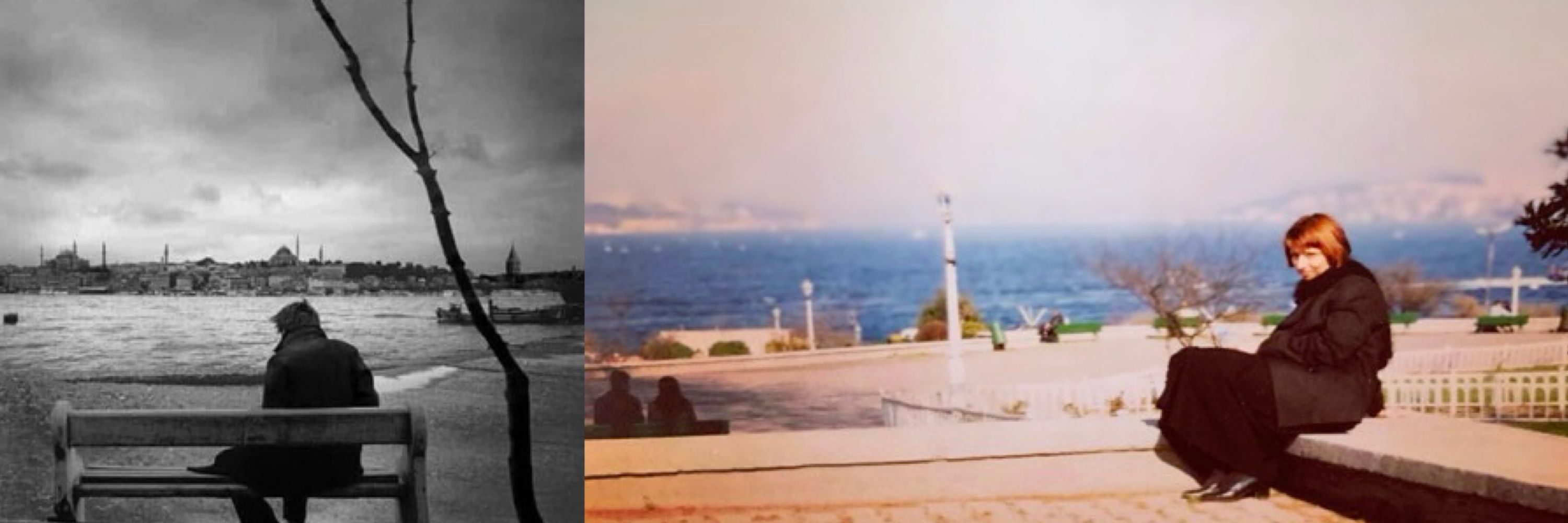
I woke up in a rage. No, I don't like the world at all. The majority of people are dead and don't know it, or else are alive but live like charlatans. And love, instead of giving, makes demands.

I woke up in a rage. No, I don't like the world at all. The majority of people are dead and don't know it, or else are alive but live like charlatans. And love, instead of giving, makes demands.
When I pressed my hand
against the glass pane of Bus 77
returning from Battersea,
the windows were trembling with light
and I still had the notebook.
It was full—
a kind of museum of phrases,
each word scratched down
like it might slip away if I didn’t pin it.
When I pressed my hand
against the glass pane of Bus 77
returning from Battersea,
the windows were trembling with light
and I still had the notebook.
It was full—
a kind of museum of phrases,
each word scratched down
like it might slip away if I didn’t pin it.
And still,
there is someone
writing the date
at the top of a page,
not knowing
it echoes.

And still,
there is someone
writing the date
at the top of a page,
not knowing
it echoes.

and what it could mean not just for the region, but for the world…
The situation is shifting rapidly,
from regional escalation
to the brink of global military entanglement.
What lies ahead will change the world.
But here I am, making beauty—
not despite the world’s horror,

and what it could mean not just for the region, but for the world…
The situation is shifting rapidly,
from regional escalation
to the brink of global military entanglement.
What lies ahead will change the world.
But here I am, making beauty—
not despite the world’s horror,
Size 30 x 40cm. 1944.

Size 30 x 40cm. 1944.



Ink fixes the memory of words to the paper.
Light is in their absence, which you read.”
— Jabès, The Book of Questions
Ink fixes the memory of words to the paper.
Light is in their absence, which you read.”
— Jabès, The Book of Questions

(Beckett, Molloy)
(Beckett, Molloy)




• In Bernhard’s novels, characters who refuse to let despair swallow them sometimes find solace in obsessive routines or creative outbursts—imperfect, but alive.
• In Bernhard’s novels, characters who refuse to let despair swallow them sometimes find solace in obsessive routines or creative outbursts—imperfect, but alive.



